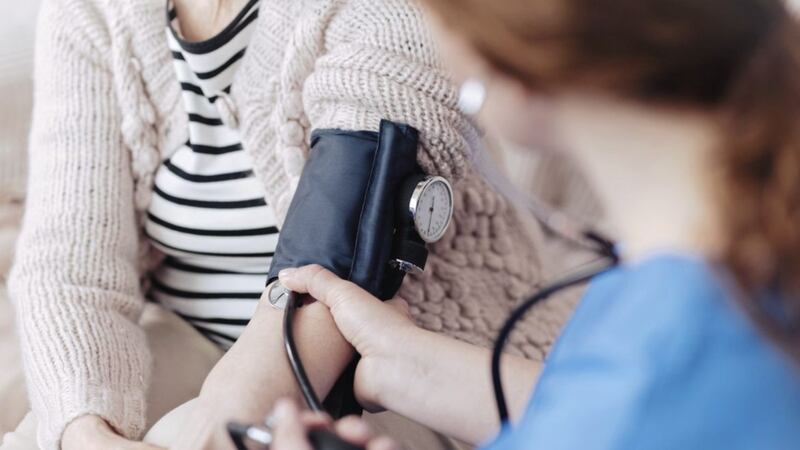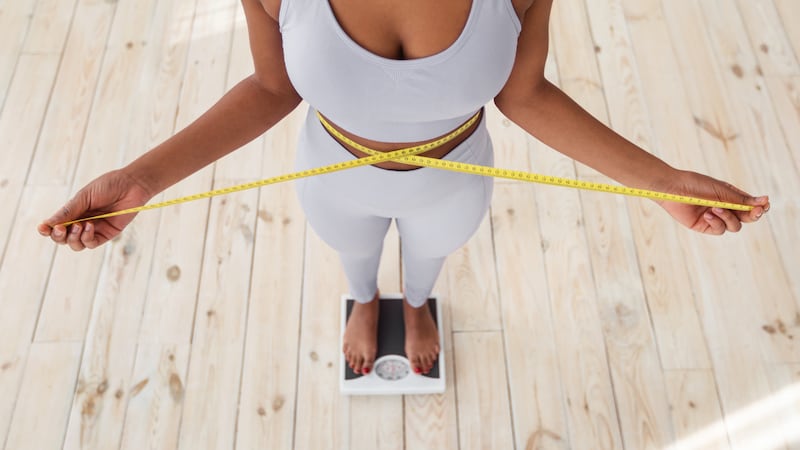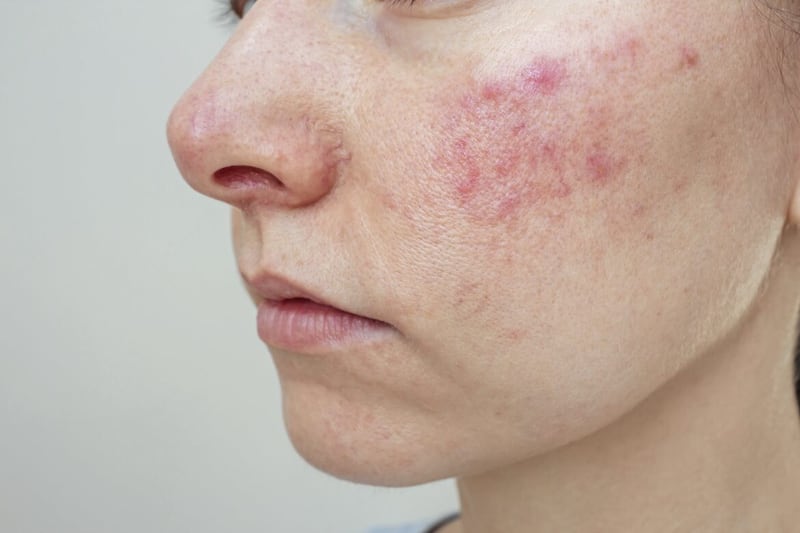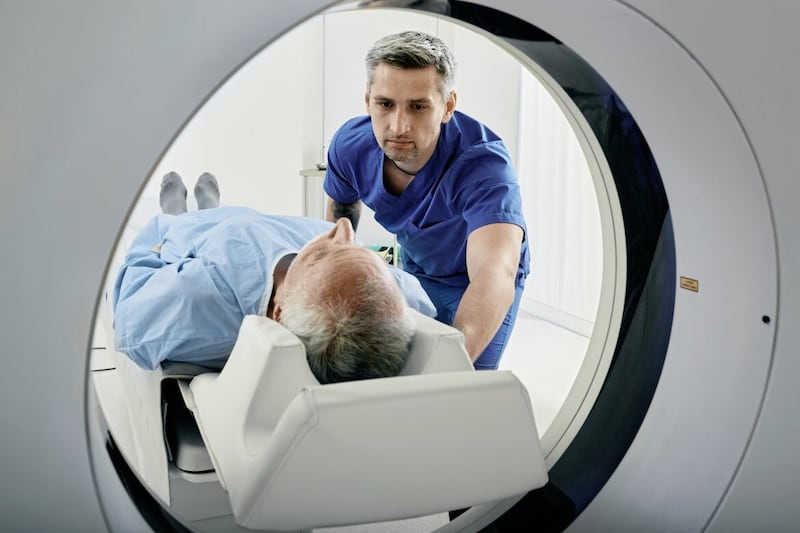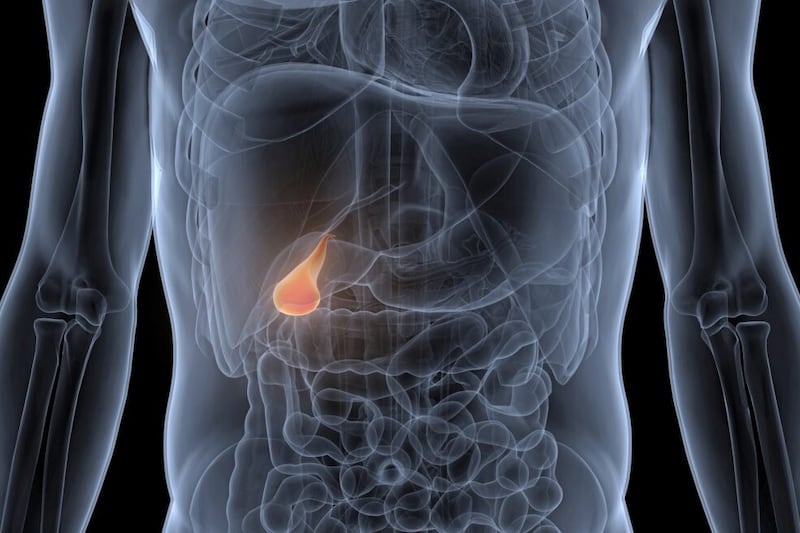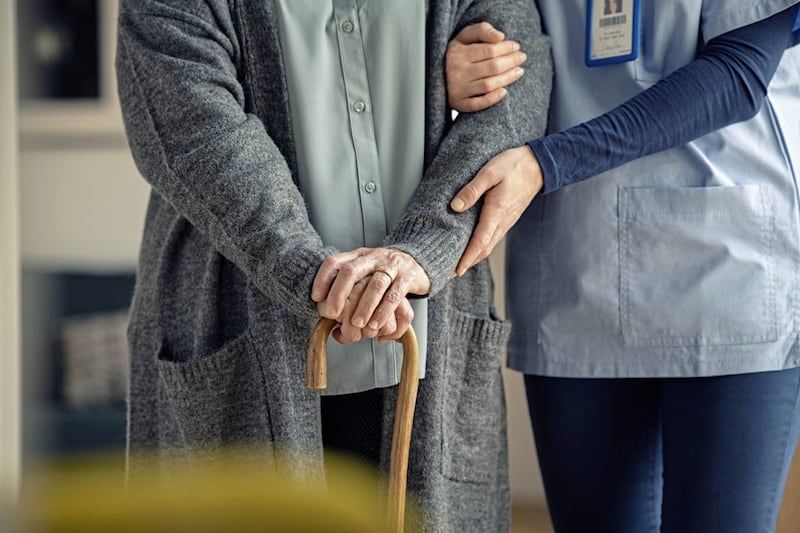Q: I AM having difficulty getting an accurate blood pressure measurement because I get so anxious when I'm in the GP surgery - I believe it is called white coat syndrome. Have you any tips please?
JG
A: WHAT you describe is indeed white coat syndrome, otherwise known as white coat hypertension - essentially, your blood pressure is always higher when it is measured at the GP surgery.
One possible solution for this is ambulatory blood pressure monitoring, where you wear a cuff continuously - usually for 24 hours. This automatically checks your blood pressure every half an hour, via a computerised pump and recording system.
As well as providing stress-free blood pressure checks, this will allow your doctor to compare daytime readings with night-time ones. Blood pressure normally drops significantly at night when we are sleeping, and if it doesn't, it suggests there is a problem that needs treating.
An easier option is to buy your own blood pressure monitor (sphygmomanometer) from your chemist. This way you can do the checks yourself in the peace and quiet of your home.
Get the simplest model costing around £20 - a classic, upper-arm cuff rather than the wrist types, which are less accurate - and take your blood pressure three times a week or so for a few weeks.
I would suggest recording measurements at different times - early in the morning, late at night, and occasionally in the middle of the day. Then give the data to your doctor.
It is important to get an accurate reading, not least because research suggests some people with white coat hypertension are at greater risk of heart attacks and strokes. It may reflect a hair-trigger sensitivity to any even slightly stressful event, which can send blood pressure soaring upwards.
If you are diagnosed with high blood pressure, as well as taking any prescribed medication, simple steps that will help include exercising daily, cutting salt and alcohol intake, and doing daily meditative practices, such as tai chi, mindfulness or yoga.

Q: I CYCLE three times a week, and walk at least five miles on the other days, but recently I experienced a sharp pain in my left calf muscle, like bad cramp. It has not improved, so I can walk only with a limp and not far. I am 70.
RG
A: YOUR description suggests this is either muscle strain or partial rupture. Clearly, you are very fit and the regular exercise is important for your overall health.
However, you explain that you have atrial fibrillation, a common heart rhythm problem, for which you are taking an anticoagulant (blood thinner).
As a result, any bleeding from even minor muscle damage such as a strain would cause considerable bruising, but this doesn't seem to be the case with you.
So I suspect, rather than a strain, you've suffered either a full or partial rupture of the soleus muscle, a thin, strap-like muscle running from behind the knee to just above the ankle.
This can be damaged by overuse, or if it is suddenly stretched when contracting - such as when you stumble.
These injuries take around four to eight weeks to start to resolve, and thereafter the recovery will be gradual, although the pain should settle slowly during this time.
However, rather than your soleus, it could be the gastrocnemius, the other main calf muscle, that is affected. Unfortunately, you can't tell which of these it is without an ultrasound scan.
But one simple way to confirm if it is indeed a calf muscle problem is to rise up on to your tiptoes when standing - if there is pain, then one of these muscles is injured.
You may also have a small area that's tender to the touch when it is examined by a doctor.
I advise contacting your GP in order to seek a referral to a physiotherapist, who can assess the injury and commence treatment.
© Daily Mail
